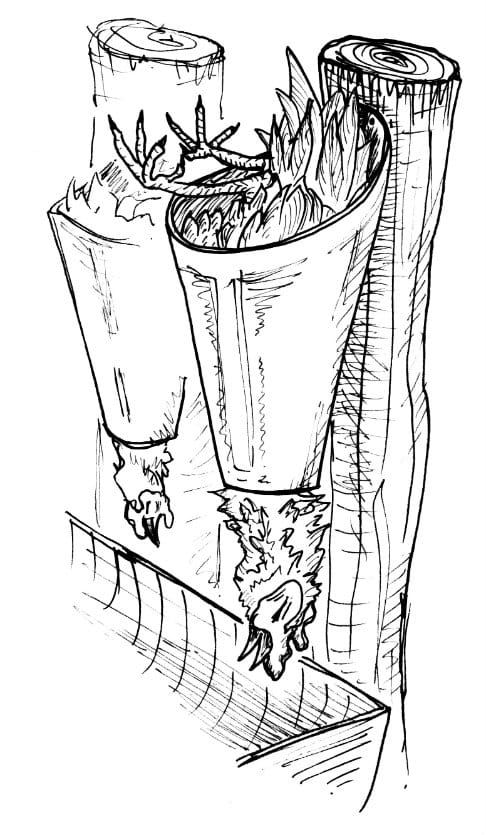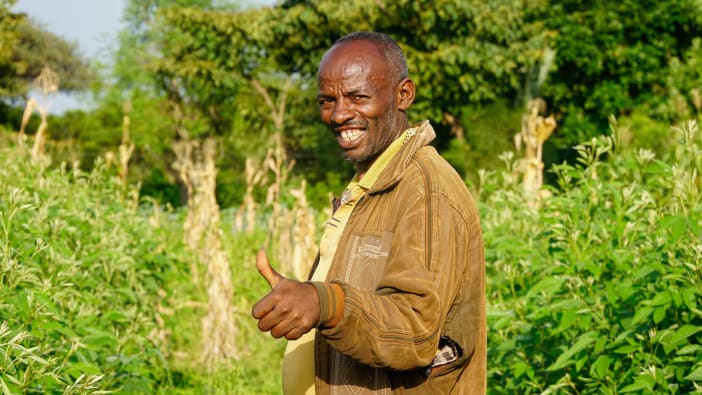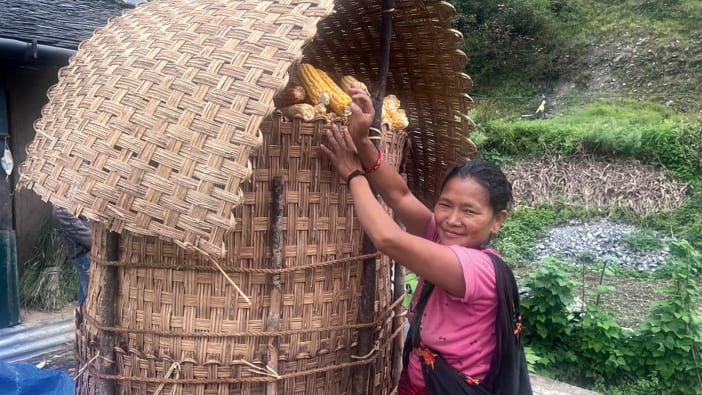By Dr Sally Best
Poultry (chickens, ducks, quail, guinea fowl, geese and other domestic birds) benefit human health because meat and eggs from birds provide healthy and nutritious food. This article outlines the main benefits and risks to humans that are associated with poultry keeping and consumption, and describes how to keep the risks as low as possible so that the benefits can be enjoyed to the full.
Benefits
Chicken meat and eggs are widely available across the world. Chicken meat is usually the cheapest of all domestic livestock meats and eating it is largely without cultural taboos. The health benefits of eating both chicken meat and eggs can be enjoyed by most people across the developing world. For this reason we will focus on chickens as we look at health benefits, although a lot of the information is relevant to other poultry.
Essential nutrients
Eggs provide nutrients that are important for keeping people of all ages healthy and strong. Eggs also provide important vitamins and minerals. In fact poultry products are rich in almost all essential nutrients except vitamin C. Because of the nutrients they contain, eggs are important for your brain and memory, they help keep your eyesight strong, help your body produce energy, protect you from disease, help unborn babies develop properly and keep muscles, bones and teeth strong.
Folic acid for expectant mothers
When women do not consume enough folic acid from the very early stages of pregnancy, they are at increased risk of miscarriage, stillbirth, or having children with severe brain and spinal cord defects. Eggs are a good source of folic acid and so eating them during pregnancy will reduce these risks.
Protein for strength and healthy growth
Protein is essential for building and repairing muscles, organs, skin, and other body tissues and is particularly important to help young children grow. Chicken meat and eggs are an excellent source of good quality protein.
Good fats not bad fats
Chicken meat is a healthy meat because it has a low overall fat content. Unlike beef and lamb, it does not contain the type of fat which contributes to heart disease, and it also contains a lower proportion of other unhealthy fats compared with most red meats. Approximately half of the fats in chicken are helpful fats.
Omega-3 fatty acids
Recently, experts have begun to realise the importance of omega-3 fatty acids for human health. They have a wide range of benefits including protection from diseases such as cancer, heart disease and arthritis. They are also particularly important during pregnancy and early infant development. If chickens are fed flax seed, rapeseed or rapeseed oil, or fish oil, the amount of omega-3 fatty acids in their eggs will be increased. This is known as enrichment. Enriched eggs can be a very good source of omega-3 fatty acids, especially in areas where fish and seafood (another good source of omega-3) are not available or are too expensive.
Eggs are healthy
In the past there have been warnings that eating too many eggs could increase the risk of heart disease because it was thought that cholesterol in eggs was bad for you. However, eating one or two cooked eggs a day is good for most people as they have many health benefits.
Risks
Human health can be put at risk by contact with live birds or by eating poultry products. However, simple hygiene measures can dramatically reduce these risks.
Contact with live birds increases risk of Avian flu
Humans can sometimes catch Avian flu from contact with diseased birds, although this is relatively rare. According to the World Health Organization only 650 people had caught Avian flu between 2003 and the end of 2013 but it is a dangerous disease because more than half of these people died.
It is important to protect your poultry flocks from Avian flu and to follow advice on what to do if you think your flock is infected. Birds that are infected, or might be infected, should never be sold, given as gifts or prepared as food. It is very important to take great care when handling and disposing of diseased birds. For more information see the article on Avian flu on page 14.
Eating contaminated poultry products increases risk of food poisoning
Poultry meat and eggs may be contaminated by harmful bacteria that can cause food poisoning in humans. Dangerous bacteria often live in the birds’ guts. These bacteria may contaminate the meat during slaughter and processing. Humans may also introduce harmful bacteria when handling poultry products.
Children, people who are malnourished, people in war zones, or those living through natural disasters are most vulnerable to food poisoning because their bodies are weaker and under stress. Although food poisoning can be mild, it can also be very severe and even fatal. The main symptom is diarrhoea often accompanied by vomiting.
The risk of food poisoning from meat is low when backyard birds are slaughtered at home and are immediately prepared, cooked and eaten. Furthermore, because a single bird can often be consumed by a family in a single sitting, the risks associated with storing meat are avoided.
The risk increases when poultry production, slaughtering, processing and consumption take place at different times and in different places. In particular a lack of refrigeration during marketing of meat produced on a large commercial scale is a big risk factor.











